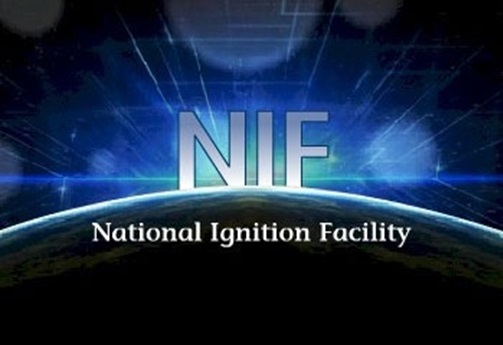Part 5 of 6 Parts (Please read Parts 1, 2, 3, and 4 first)
We have mentioned hydrogen-boron fuel as the ultimately intended fuel for the dense plasma focus (DPF) fusion reactors under development by LPP Fusion. There are other experimental fusion reactors such as the hydrogen-boron laser fusion reactor that use hydrogen-boron fuel.
The fusion that takes place between hydrogen and boron is aneutronic. This means that no neutrons are produced by this process. Only charged alpha particles are emitted. This fact alone means that the DPF technology has a huge potential advantage over the main fusion technologies being developed.
Currently, the main approach to nuclear fusion involves fuels that are mixtures of deuterium and tritium. This includes conventional laser fusion approaches such as the work at the National Ignition Facility in the United States and the tokamak approach such as the huge International Torus Experimental Reactor (ITER) in France which is estimated to ultimately cost around forty billion dollars. ITER is being promoted as a prototype for a commercial nuclear fusion power reactor.
As far as the necessary physical conditions required, the hydrogen-boron reaction is potentially in reach for the DPF but it is far beyond the projected capabilities of the mainstream fusion research technologies. It requires a minimum temperature that is ten times more than the maximum projected temperatures that can be reached by the mainstream fusion technologies under development. This is one of the reasons that the mainstream research is focused on the “easier” deuterium-tritium reaction. Unfortunately, about eighty percent of the energy released by deuterium-tritium reactions is in the form of high-energy neutrons. This results in a lot of problems.
Neutrons are electrically neutral particles. This means that they can easily penetrate the atomic nuclei in the materials that surround the reaction chamber. The result is that the irradiated materials become radioactive. In addition to this problem, an intense flux of high-energy neutrons can cause serious damage to irradiated parts of the reactor.
The radioactivity induced in reactor materials by a neutron flux is a minor problem compared to the problems caused by the radioactive waste produced by fission reactors. However, fusion reactors which burn deuterium-tritium fuel will still need to have equipment for handling, recycling and probably medium-term storage of materials with induced radioactivity. Neutron-induced radioactivity will impose additional costs and complexities for the construction, maintenance and operation of fusion power plants that use deuterium-tritium fuel.
Another major advantage of the DPF approach to nuclear fusion involves the process of converting the energy output from fusion reactions into usable forms such as electricity. There is no known practical method to convert the energy of intense neutron radiation directly into electricity.
Because most of their fusion output is in the form of high-energy neutrons, fusion reactors burning deuterium-tritium fuel have to use the heat generated when the neutron flux is absorbed by special materials that surround the fusion chamber. The heat in the material is then transferred by cooling systems and heat exchangers to a steam generator. The steam is used to drives steam turbines to generate electricity. This old-fashion steam power generation system adds enormous complexity and cost to the proposed mainstream approaches to nuclear fusion power generation.
Please read Part 6 next
Nuclear Fusion 82 – LPP Fusion Is Working On Dense Plasma Fusion For Commercial Power Generation – Part 5 of 6 Parts

